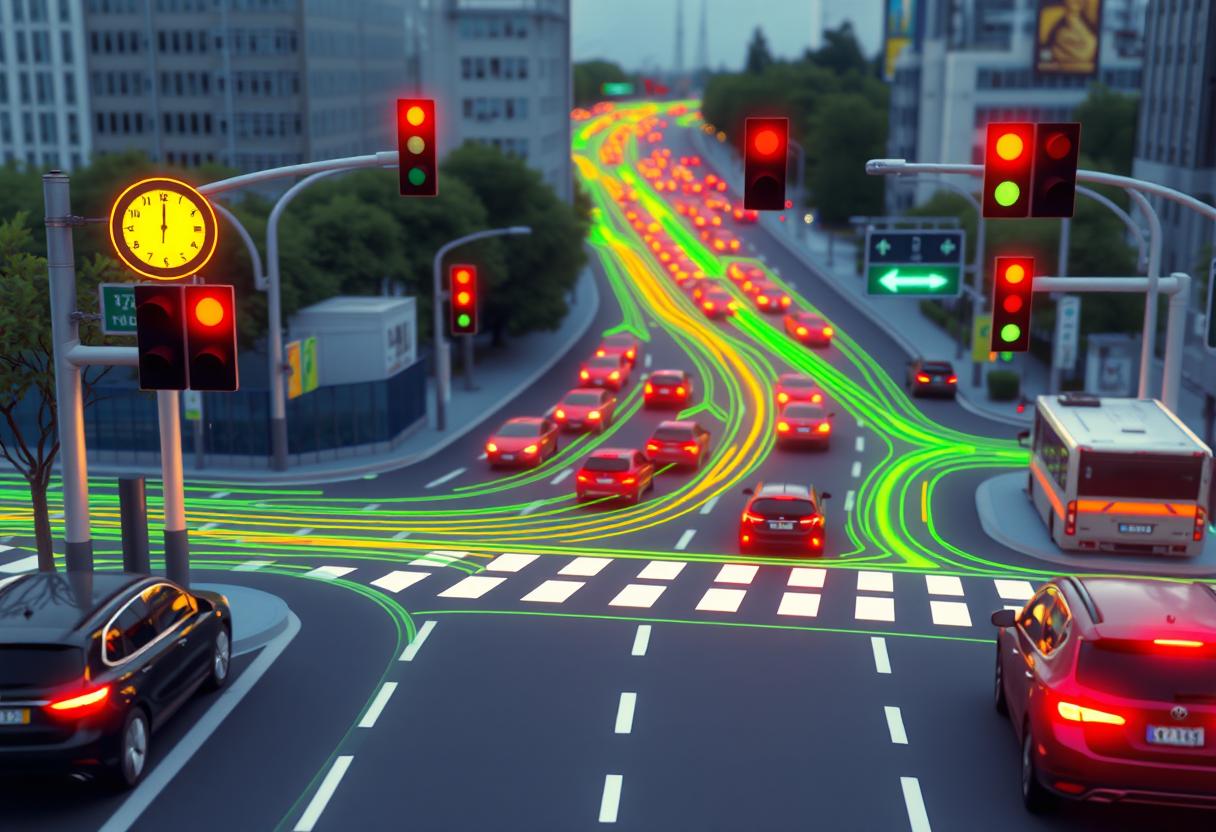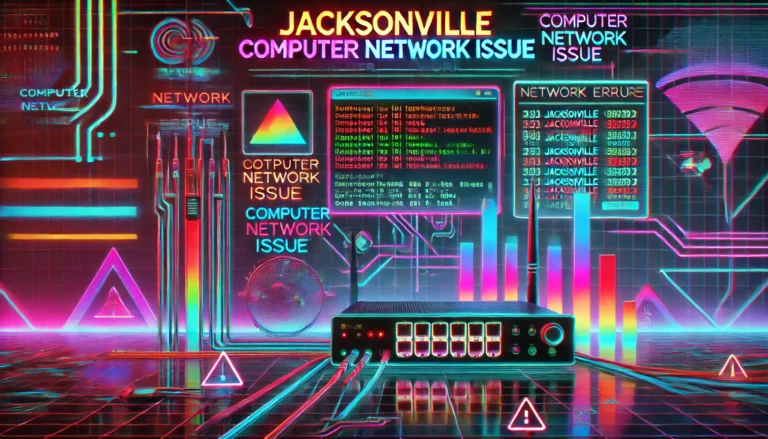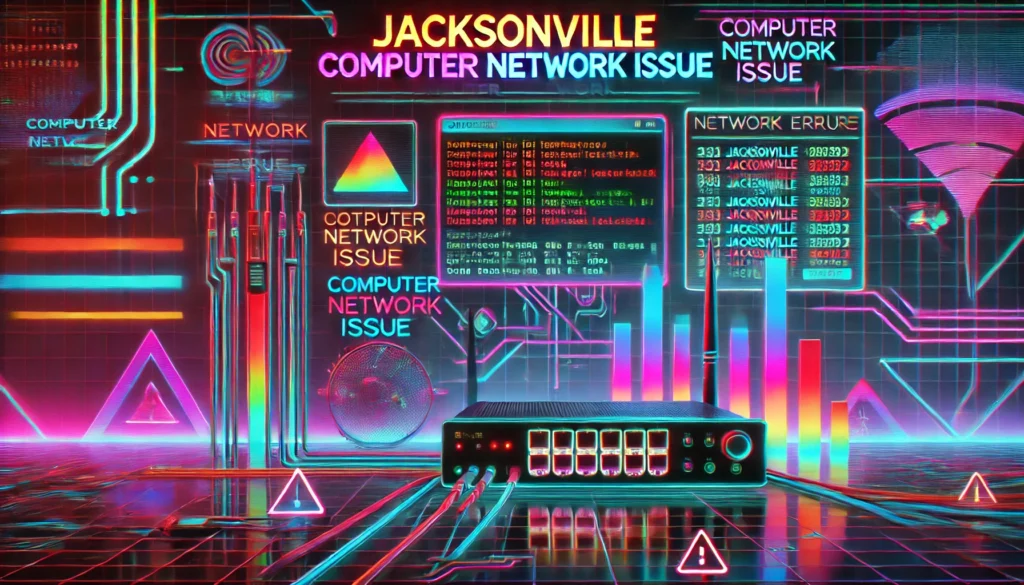Introduction
In an era where urbanization is accelerating at an unprecedented rate, traffic congestion has become a significant challenge for cities worldwide. As urban populations grow, so does the number of vehicles on the road, leading to increased traffic jams, longer commutes, and a surge in air pollution. Traditional traffic management methods often fall short in addressing these issues effectively. However, with the advent of artificial intelligence (AI) and the development of traffic flow templates, a new frontier in traffic management has emerged, promising to revolutionize how we approach urban mobility.
The Problem with Traditional Traffic Management
Traditional traffic management systems rely heavily on static methods, such as traffic signals, road signs, and manual monitoring. While these methods have been effective to some extent, they come with several limitations:
- Static Nature: Traditional systems are not dynamic and cannot adapt to real-time traffic conditions.
- Human Error: Human error can occur during manual monitoring and decision-making.
- Inefficiency: Fixed traffic signals often lead to inefficient traffic flow, causing unnecessary delays and congestion.
- Resource-Intensive: Managing traffic manually requires significant human and financial resources.
Enter AI-Powered Traffic Flow Templates
AI-powered templates represent a paradigm shift in how traffic is managed. By leveraging AI algorithms and real-time data, these templates offer a dynamic and adaptive approach to traffic management. Here’s how they work:
- Data Collection: Mobile apps, sensors, GPS units, traffic cameras, and other sources are just a few of the places where AI systems get information. This information offers a thorough picture of the traffic situation right now.
- Data Analysis: The collected data is analyzed using advanced AI algorithms to identify patterns, predict traffic flow, and detect potential bottlenecks.
- Template Generation: Based on the analysis, AI generates templates that outline optimal traffic management strategies for different scenarios.
- Implementation: The generated templates are implemented in real-time, adjusting traffic signals, rerouting vehicles, and providing real-time traffic updates to drivers.
Benefits of AI-Powered Traffic Flow Templates
Real-Time Adaptability
One of the most significant advantages of AI-powered traffic flow templates is their ability to adapt to real-time conditions. Unlike traditional systems, AI can process and respond to changing traffic patterns instantaneously, ensuring smoother traffic flow and reducing congestion.
- Adaptive Traffic Signals: AI can adjust traffic signal timings based on real-time traffic conditions, prioritizing traffic flow where needed and reducing wait times.
- Dynamic Rerouting: AI can provide real-time rerouting suggestions to drivers, helping them avoid congested areas and reach their destinations faster.
Predictive Analytics
AI-powered traffic templates utilize predictive analytics to forecast traffic conditions and take preemptive actions to prevent congestion.
- Congestion Prediction: By analyzing historical and real-time data, AI can predict potential traffic congestion and implement measures to mitigate it.
- Incident Detection: AI can quickly identify incidents such as accidents or road closures and adjust traffic flow management templates accordingly to minimize disruptions.
Improved Traffic Management Efficiency
AI-powered templates streamline traffic management processes, making them more efficient and cost-effective.
- Resource Optimization: By reducing the need for manual monitoring and intervention, automated traffic management conserves time and resources.
- Scalability: AI systems can easily scale to manage traffic in large urban areas, handling vast amounts of data and complex traffic scenarios.
Real-World Applications
Smart Cities
Many smart cities around the world are already leveraging AI-powered traffic flow templates to enhance urban mobility.
- Barcelona: Barcelona uses AI to manage traffic flow, reduce congestion, and optimize public transportation routes.
- Singapore: Singapore’s AI-driven traffic management system adjusts traffic signals in real-time based on current traffic conditions, significantly reducing commute times.

Autonomous Vehicles
The integration of AI-powered flow templates with autonomous vehicles holds great promise for the future of transportation.
- Coordinated Traffic: Autonomous vehicles can communicate with AI systems to receive real-time traffic updates and optimal routes, ensuring coordinated and efficient traffic flow.
- Safety Enhancements: AI can enhance the safety of autonomous vehicles by providing real-time information about road conditions and potential hazards.
Challenges and Considerations
Data Privacy and Security
The implementation of AI-powered flow templates requires the collection and processing of vast amounts of data. It is essential to guarantee the security and privacy of sensitive data.
- Data Encryption: Implementing robust encryption methods to protect data from unauthorized access.
- Privacy Policies: Developing clear privacy policies to inform the public about how their data is being used and protected.
Integration with Existing Systems
It can be difficult to integrate traffic flow management templates driven by AI with current traffic management systems.
- Compatibility: Ensuring compatibility between AI systems and legacy traffic management infrastructure.
- Training and Support: Providing adequate training and support to traffic management personnel to ensure a smooth transition to AI-powered systems.
Future Directions
Advanced AI Algorithms
Continued advancements in AI algorithms will further enhance the capabilities of traffic flow templates.
- Machine Learning: Leveraging machine learning techniques to improve the accuracy of traffic predictions and the effectiveness of traffic management strategies.
- Deep Learning: Utilizing deep learning models to analyze complex traffic patterns and develop more sophisticated flow templates.
Integration with Other Technologies
Integrating AI-powered traffic flow management templates with other emerging technologies can unlock new possibilities for urban mobility.
- Internet of Things (IoT): Connecting AI systems with IoT devices such as smart traffic lights and connected vehicles to create a fully integrated traffic management ecosystem.
- 5G Connectivity: Utilizing 5G networks to enable faster data transmission and real-time communication between AI systems and traffic management infrastructure.
Additional Benefits
Environmental Impact
Reducing traffic congestion through AI-powered traffic templates also has significant environmental benefits.
- Reduced Emissions: Smoother traffic flow and reduced idling times lead to lower emissions of greenhouse gasses and pollutants.
- Fuel Efficiency: Optimized traffic management helps vehicles maintain consistent speeds, improving fuel efficiency and reducing overall fuel consumption.
Economic Advantages
Efficient traffic management can also lead to substantial economic benefits.
- Cost Savings: Reduced congestion translates to lower fuel costs for drivers and less wear and tear on vehicles.
- Increased Productivity: Shorter commute times mean that individuals spend less time stuck in traffic, leading to increased productivity and better quality of life.
Conclusion
AI-powered templates represent a transformative approach to traffic management, offering the potential to significantly reduce congestion and improve commutes in urban areas. By leveraging real-time data, predictive analytics, and advanced AI algorithms, these templates provide a dynamic and adaptive solution to the challenges of urban mobility. As cities continue to grow and evolve, the integration of AI into traffic management systems will play a crucial role in shaping the future of transportation, making our commutes faster, safer, and more efficient.

















4 thoughts on “AI Powered Traffic Flow Templates: Cutting Congestion”
Hey there! Do you know if they make any plugins to assist with
SEO? I’m trying to get my website to rank for some targeted keywords
but I’m not seeing very good success. If you know
of any please share. Thank you! You can read similar art here: Bij nl
Pingback: Montage Technology Competing with Astera Everything You Need to Know
Pingback: iCryptoX.com Security Features and Benefits you Need to Know
Pingback: Projected Panorama AI: The New Standard in Immersive AI